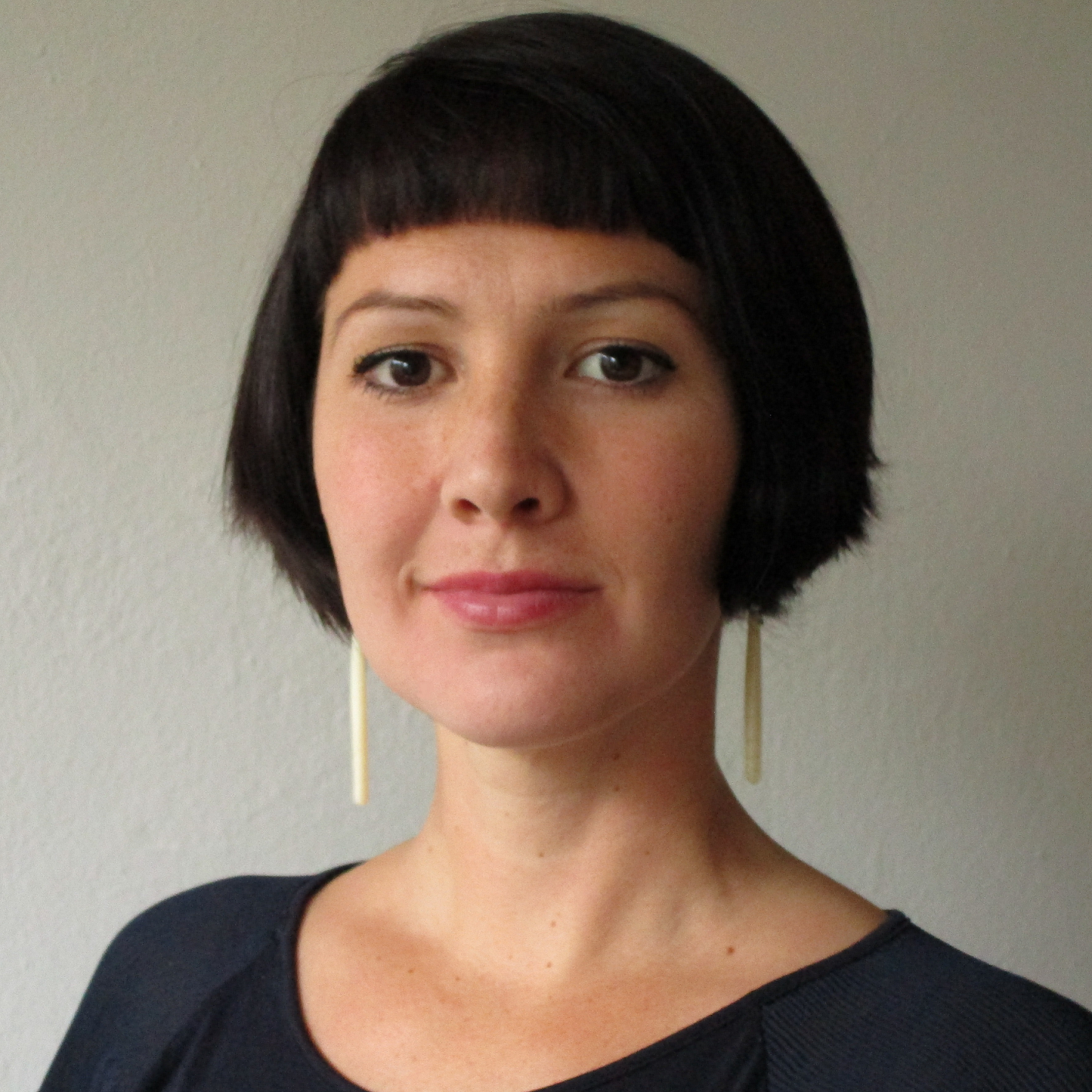The Visual Culture of Far-Right Terrorism
The recent wave of far-right terrorist attacks challenges academic knowledge on extremist violence and demands a new perspective. Rather than acting on behalf of political organizations, most of the perpetrators promote digital hate communities that predominantly interact via visual language such as memes. These images, which are often-humorous, aim to accustom users to violence and make neo-Nazism accessible and appealing through modern aesthetics and pop-cultural references. Hence, to fully understand contemporary far-right terrorism and its underlying worldviews, we need to systematically analyze visual mobilization and persuasion strategies. This blog post makes the case for a visual culture perspective and transdisciplinary visual analysis to examine how far-right actors radicalise sympathisers in loosely organised online networks.
Since 2019, with the attacks in Christchurch, Poway, El Paso, Bærum and Halle, a new form of right-wing terrorism has taken off. Its modus operandi consists of three inseparably linked acts: first, posting a manifesto on an image board that puts racist, far-right content into nihilistic memes; second, attacking a target group at gunpoint, killing as many people as possible and streaming the act live on the Internet; third, calling for imitation by making all information about the crime easily accessible so that a broad public can disseminate videos and images of the crime and refine the work of the perpetrators.
The course of the above-mentioned crimes and the published manifestos indicate that the perpetrators saw themselves as part of an (imaginary) digital community that anonymously exchanged information via relevant forums such as 4Chan and 8Chan and incited each other in their hatred of humanity. Online communities emerged that are not necessarily politically organised. However, their “members” communicate primarily through images that accustom people to violence and thus reduce the step from mere discourse to terror. Their visual culture, which is eclectic and playful, stands out strongly from traditional far-right visual language: It combines pop culture, infantile humour, neo-Nazi allusions and blatant contempt for humanity. So, how are these home-made digital images related to global acts of far-right terror?
Visual culture in far-right mobilization
In order to approach this question, one must deal with the strategic elements of the visual culture of digitally mediatised right-wing terrorism. The term ‘visual culture’ refers to what is made visible (or invisible), how, by whom and for whom – from the content and the production to the circulation and reception of images. Any kind of image can convey political messages, even (indeed especially) pop-cultural and everyday images that do not necessarily come across as overtly political. With the increasing shift into digital spheres, (audio)visual elements have become central means of everyday communication.
Today, emojis, GIFs, snaps or Instagram stories are used not only for self-expression and entertainment, but also for political mobilization. Aesthetic means can make political content perceptible and accessible to the senses – i.e. through seeing and hearing – and thus offer not only a cognitive but also an affective approach to experiencing the conveyed narratives. Our brains process images faster than texts, a fact that gives visual media a decisive advantage in the ever-shorter attention span of our everyday communication. Moreover, visual signs are semiotically more open and thus more ambiguous, because they work via associations rather than through arguments, as in purely text-based communication – another advantage for the far right, which often consciously acts on the threshold of the legally punishable. Thus, far-right actors strategically use irony and humour to protect themselves when things get out of hand.
One of the most popular forms of humorous and creative digital communication are online memes. Memes are cultural units of meaning (image, text or audio fragments) that develop and spread virally by copying or combining with other units. In the digital context, the term is usually applied to “remixes” of image-text combinations, videos or GIFs that potentially make everyone part of this participatory culture by sharing and evolving. The creation and sharing of memes, as a ritual of an imaginary community with common symbols, can foster a feeling of collective belonging among those who participate in rather dispersed online networks.
In this way, apparently humorous and harmless everyday images shape political world views and opinion-forming in the cultural, pre-political space – beyond great words and complex political manifestos. Complex content can thus be condensed into easy-to-understand, catchy messages for a broad audience. In a time in which memes have become a universal means of communication, far-right groups have recognised this populist potential for politicization. They put a lot of time and energy into meme production, spread their ideology – sometimes more, sometimes less openly – and act according to the motto: If the meme is good, the content cannot be bad.
From “meme war” to the meme terrorism
Thus, the far right approached the struggle for control of imaged-based narratives in an increasingly strategic way. The Alt-Right did pioneering work in this field. It established a cultural policy that combined ideas of white supremacy with digital meme, game and hacker cultures in such a way that it provided fascist ideology with a new look or image (in the truest sense of the word) for the digital age, and thus made its ideological content more attractive and accessible, particularly for the younger generation. The central idea for this form of politics was – according to the Alt-Right figurehead Richard Spencer – to influence “how people see the world, and how they see themselves.” This form of metapolitics presented itself as a countercultural movement of “the people” and “from below”.
In a post on the imageboard 8Chan, the Australian mass murderer Brenton Tarrant incited readers to make memes before he murdered 51 people in Christchurch. And indeed, the 8Chan community responded with a wave of visual memes glorifying violence, mocking the victims once again and celebrating the assassin as a saint. The approximately 1.5 million attempts to upload the live video, only in the first 24 hours after the attack, show how much right-wing terrorists have understood social media’s logic of dissemination. The memetic references in the attack and its reappraisal had only one goal: to make the act itself a meme.
To understand how memes facilitate the step from (only digitally expressed) fantasies to physical violence and terrorist acts in the “real” world, we need to be able to read both direct and more subtle visual strategies for mobilizing those who are often assumed to be “individual perpetrators”: Often the heroic, White – commonly male – protagonist of a meme is portrayed as heavily armed “lone wolf”, facing the horizon (sometimes with a rising “Black Sun” rune, a common neo-Nazi symbol). These visual settings are underlined with text messages such as “Rise up!”, or even unmistakable invitations such as “Kill the traitors” and “I will show you what real terror looks like”. The celebration of far-right terrorist acts quickly leads to a wave of images, which then spread across different online platforms and can even be found on Instagram with a simple hashtag search.
Conclusion
Digital images such as memes have become a central propaganda tool of right-wing terror in a digital society. While some memes are created organically in everyday online communities, others are produced strategically to make neo-Nazi ideology accessible to a whole new audience through the filters of digital hate culture. This challenges our understanding of right-wing terror. The digital hate cultures from which terror emerges make it increasingly challenging to distinguish between organised political action and individual provocation, between fun and deadly seriousness. Visual mobilization and persuasion strategies play a central role in this: Visual signs and narratives function rather subconsciously because we have never consciously learned “seeing” but take it for granted. However, systematically analysing the visual culture of the far right helps us to understand how their fascination, identity politics and radicalization can work at all.
This blog is based on a translation of a text that has been published in German periodical Antifaschistisches Infoblatt in December 2019. Thanks for permission.
Reihen
Ähnliche Beiträge
Schlagwörter
Autor*in(nen)

Lisa Bogerts

Latest posts by Lisa Bogerts (see all)
- The Visual Culture of Far-Right Terrorism - 31. März 2020

Maik Fielitz

Latest posts by Maik Fielitz (see all)
- A New Wave of Right-Wing Terrorism - 23. Juni 2020
- The Visual Culture of Far-Right Terrorism - 31. März 2020